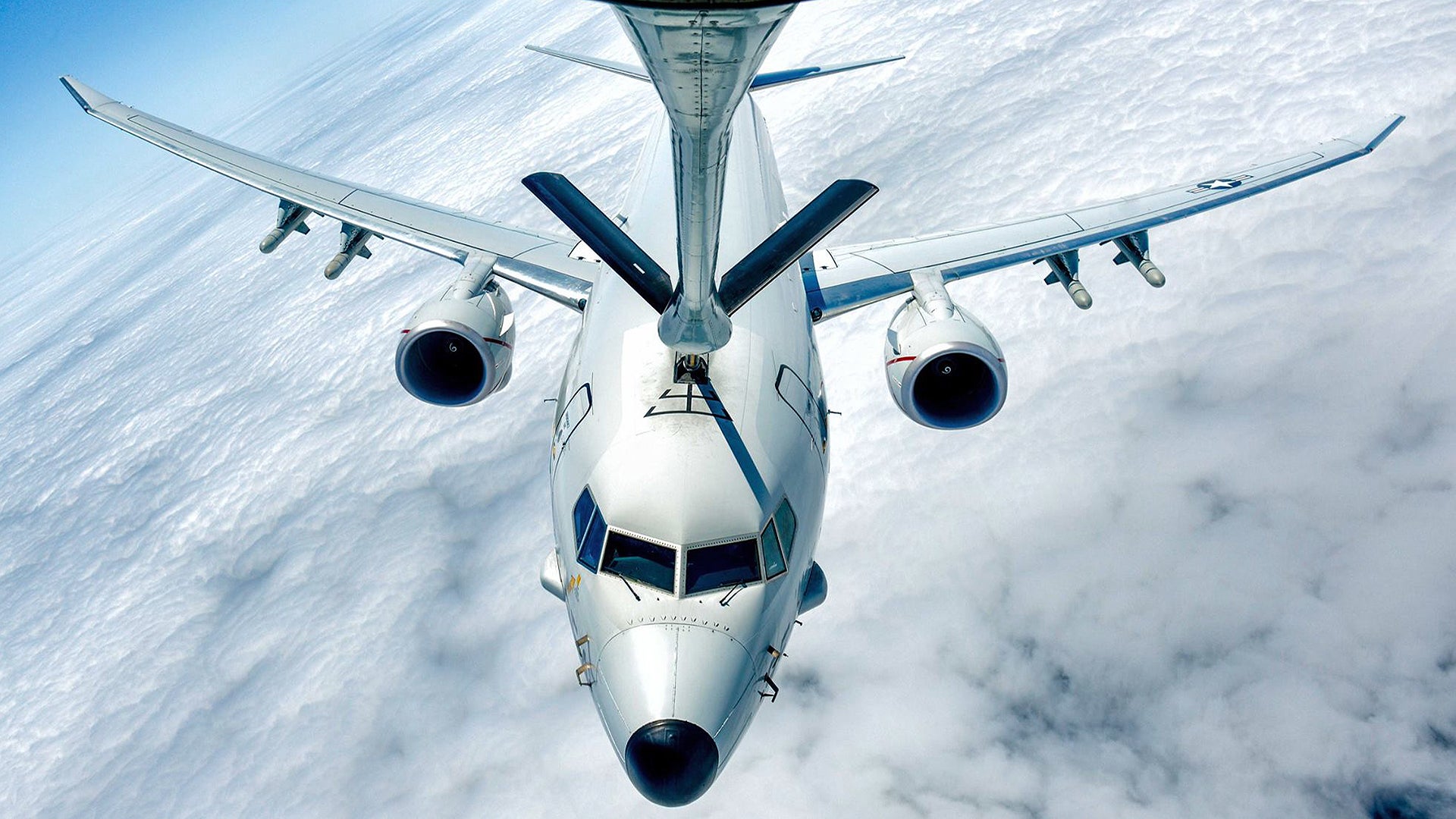AvroArrow92
Guest
- Reaction score
- 21
- Points
- 130
How often do maint have to do egress currency? If they don’t turn a wrench in 30 days, do they need a STF by a STDs quald person to get them current again? Minimum flight and sim hours every 30 days? Quarterly? Semi and annual currency requirements?
The tail chase aircrew deal with re: quals and cureenies adds up quicky in terms of work days; I know flyers who are Class A and it eats up a lot of their time they aren’t flying, so this is where I struggle to understand how a “off the street” reservist in an aircrew trade would be a viable option for the RCAF.
Unless the answer is “lower the requirements and/or standards to which I think the answer is “absolutely not”.
Armour officers join to command armoured forces; but they are also officers and have non-field related duties. Same can be said for many classifications.
Back to trg; using P-8 reserve pilots. MOAT is about 6 months long full time. How would this look for a West Jet pilot who comes to the reserves and still has to fly their Company hours monthly?
As you said, the idea would take huge resources and time. To me, the potential juice is not worth the squeeze here.
Simulators are exactly that; simulators “a trg aide”. They have their limitations and can’t replace flying. “more simulation” isn’t the golden answer to the RCAF issues.
They are not training aids they are the training. The difference between a full motion sim on 737 and the real thing is minimal. I’ve know because I’ve seen it.
Most airlines require a line doc training after sim of 50-100 hours. To get comfortable with operation and understand some difference between sim and plane.
Personally I have three type ratings including a 330 type rating. I’ve flown everywhere from the High Arctic to Africa. All that training for those aircraft was in the sim prior to line and doc.
If I for example took a on reserve role on the P8 or MRTT I’m sure I would require additional training but a full wings course doubtful. The civilian world has moved on from just live training the RCAF needs to as well.
I’ve seen ex RCAF guys who could barely program a fms or understand crm, but ya they could fly the bird. The space shuttle training never involved a practice re-entry did that make those pilots any less ready?
Training has evolved and so to the RCAF must as well. However I doubt it will, especially with the current thought process of NDHQ 1950 mentality.


